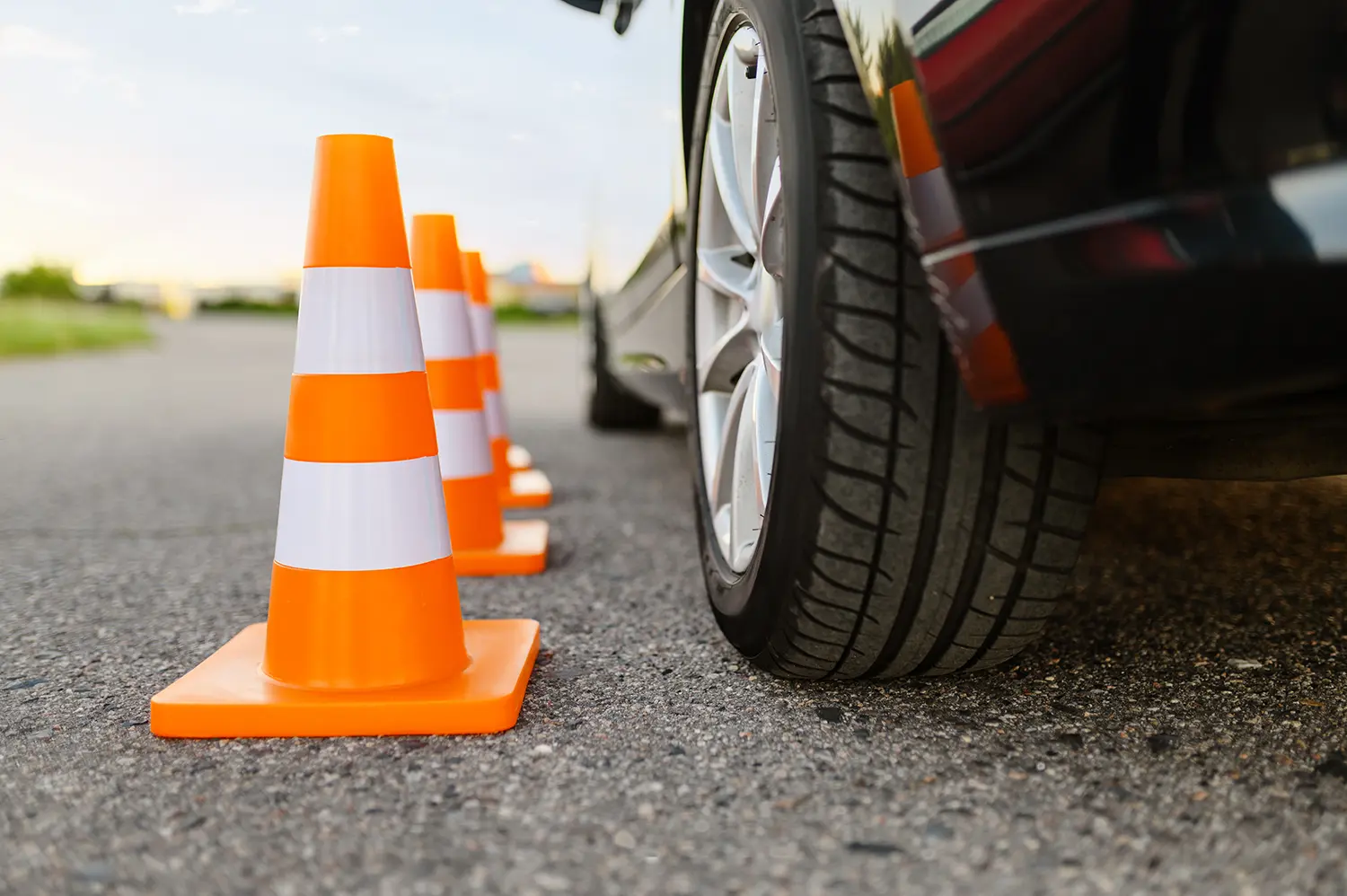This is a typical response to meeting a slow-driving school car when moving along on your normal A to B get-there-as-fast-as-you-can route.
For my high-anxiety drivers, we routinely pay attention to rear-flowing traffic and move off the road allowing faster cars to pass, which enables us to carry on our calm driving without pressure from behind. I move to the right allowing passers regularly when searching for a client’s house or when I don’t want the stress of someone an inch from my back bumper. Both parties depart happier.
Overall, most drivers are accommodating to my driving school car when we move at the speed limit or slightly above, which is the road test standard of staying below 55 in a 50 zone.
Please recall when you learned to drive! Please remember the days when! We are trying to be legal and pass the test!
And yes, a vast private farm area for learners to practise in. would be great. Please send your millions immediately!
But there is that small percentage that goads us, getting as close as they can to our rear bumper, somehow believing that it will encourage us to go faster! This is a commonly discussed problem among driving instructors.
This small righteous bunch even tailgates me when I am alone in my car, even when I am moving with the flow! It seems my big STUDENT DRIVER rear sign ignites their Pavlov’s dog conditioning, and they must attack!
Rear collisions are often the most prominent type of collisions paid out by insurance companies, so learning to monitor rear traffic is a powerful skill. Sadly racing forward seems to be most drivers’ only defence against this rear-end pressure. Rear pressure is a compelling social pressure to conform, but other methods exist to deal with these rear attacks.
Come talk about them.
I understand the standard A to B driving most of us live in, having worked for decades in a 9 to 5 environment. Many trainers don’t realize that this mindset of being efficient with one’s time is very different from driving around with a learner wherever we please. It is very different. So maybe planning routes to turn off the high-flow streets when cars are backing up behind is an excellent skill to teach.
The biggest challenge for A to B drivers are those who live close to a test center. I routinely see the locals avoiding coming up behind us and rerouting themselves to prevent the delay. Luckily I don’t spend all my time in the test center areas preferring to teach everywhere throughout the VGA, where I rarely see other driving schools; hence the traffic flow is more accommodating since we are a rarity. Maybe this is another solution for other driving schools. Don’t drive only in test center areas.
In closing, I am sorry if I delayed you a bit. Student Drivers are part of this diverse road user population. And yes, we are not A to B drivers, but soon we will be.
So thank you for your patience.





Comments are closed